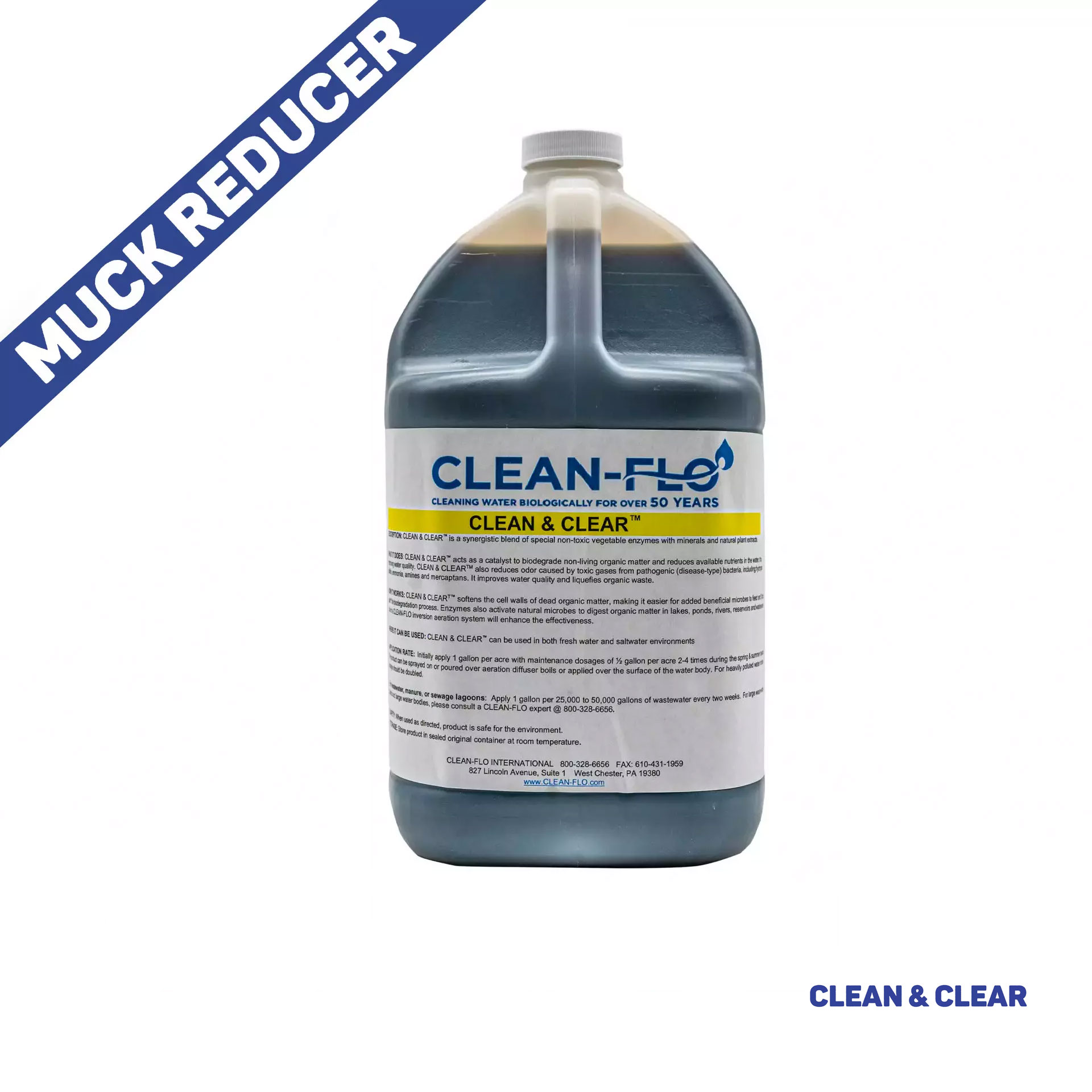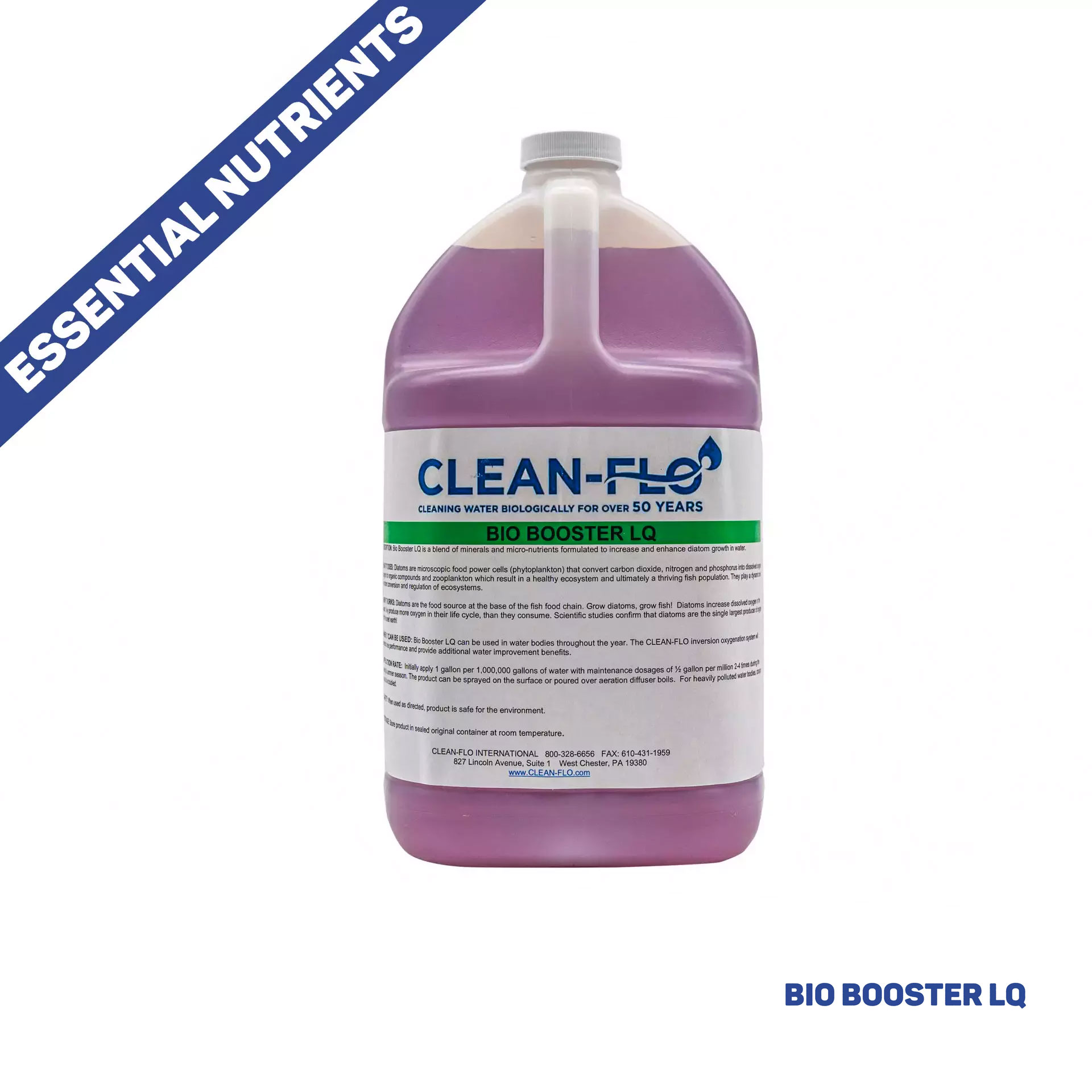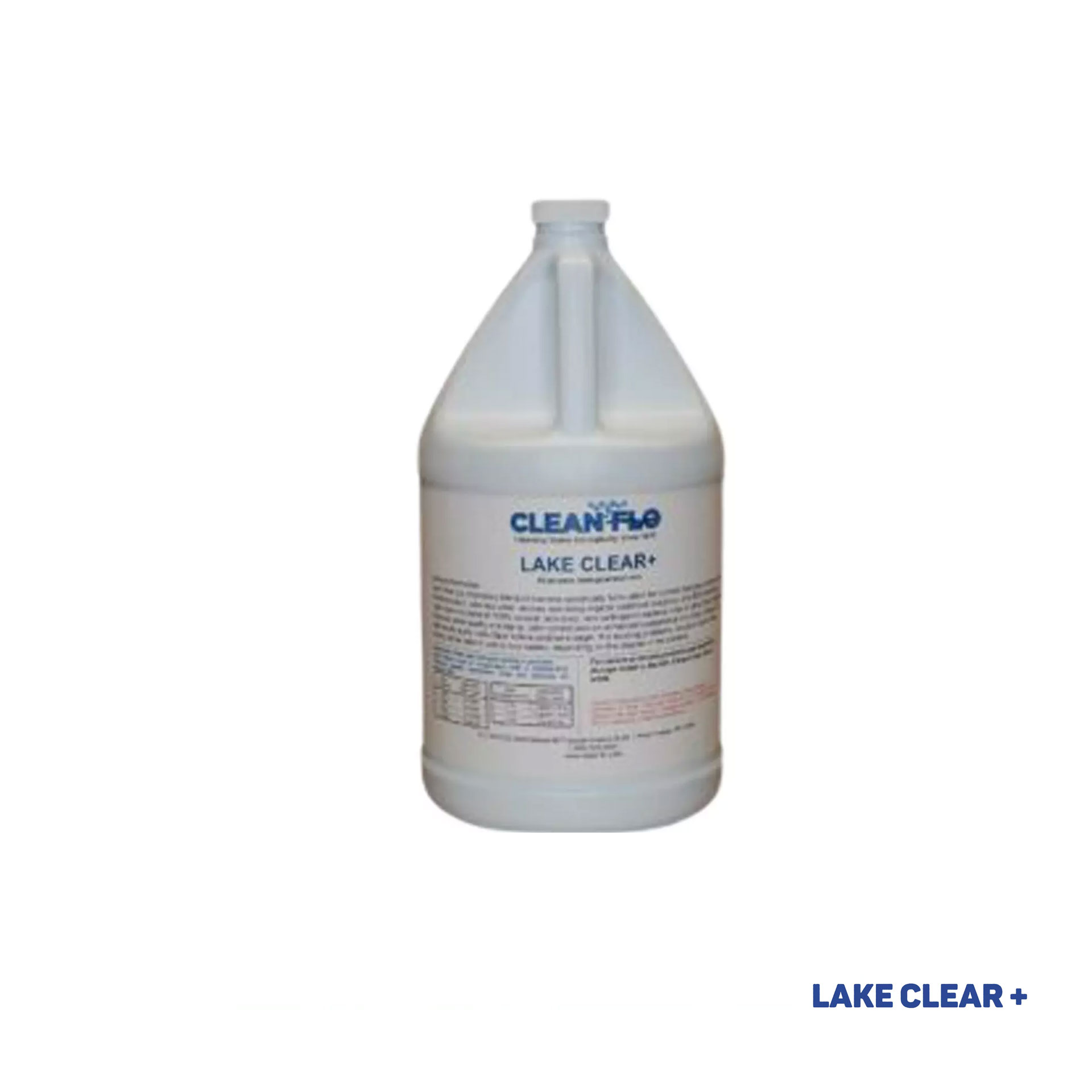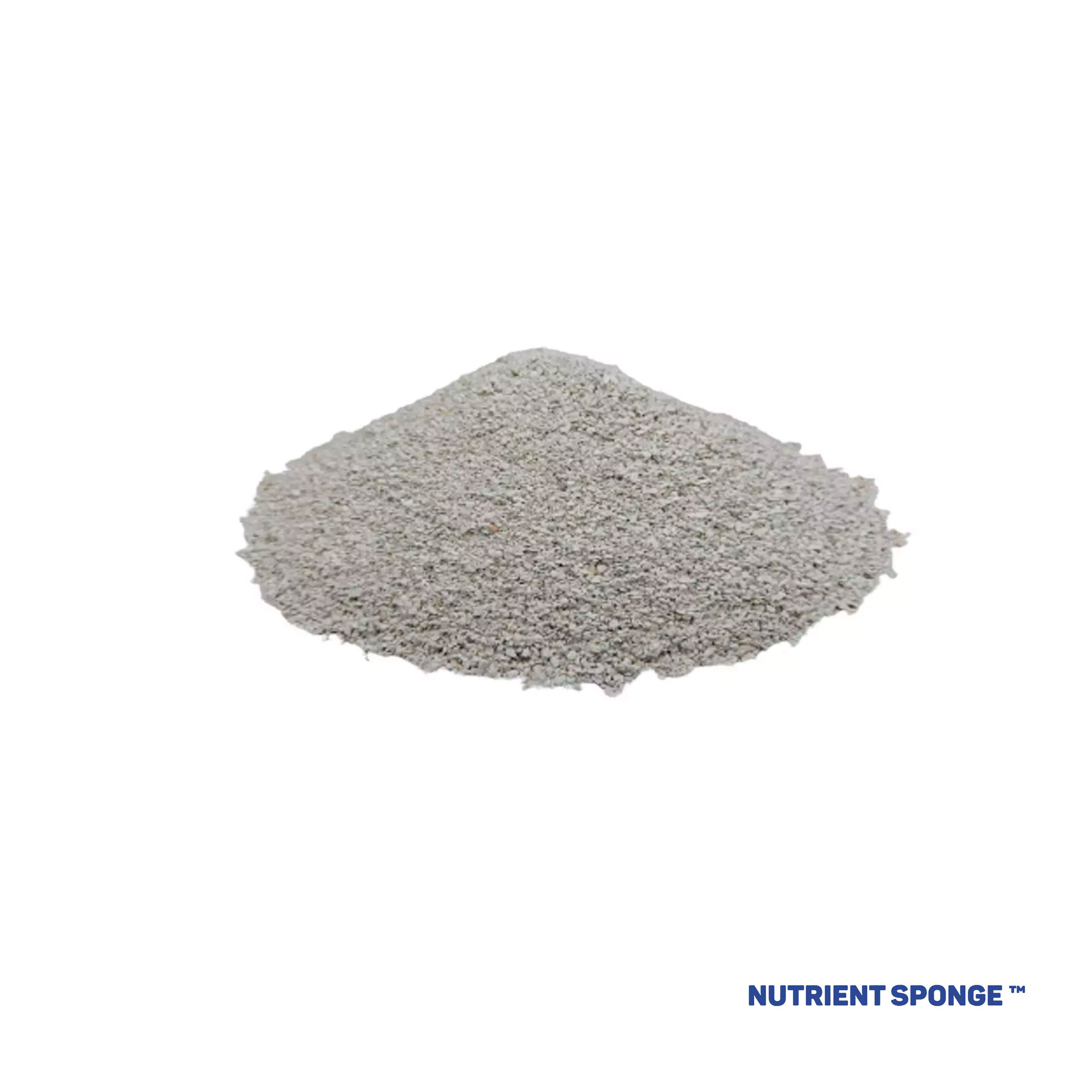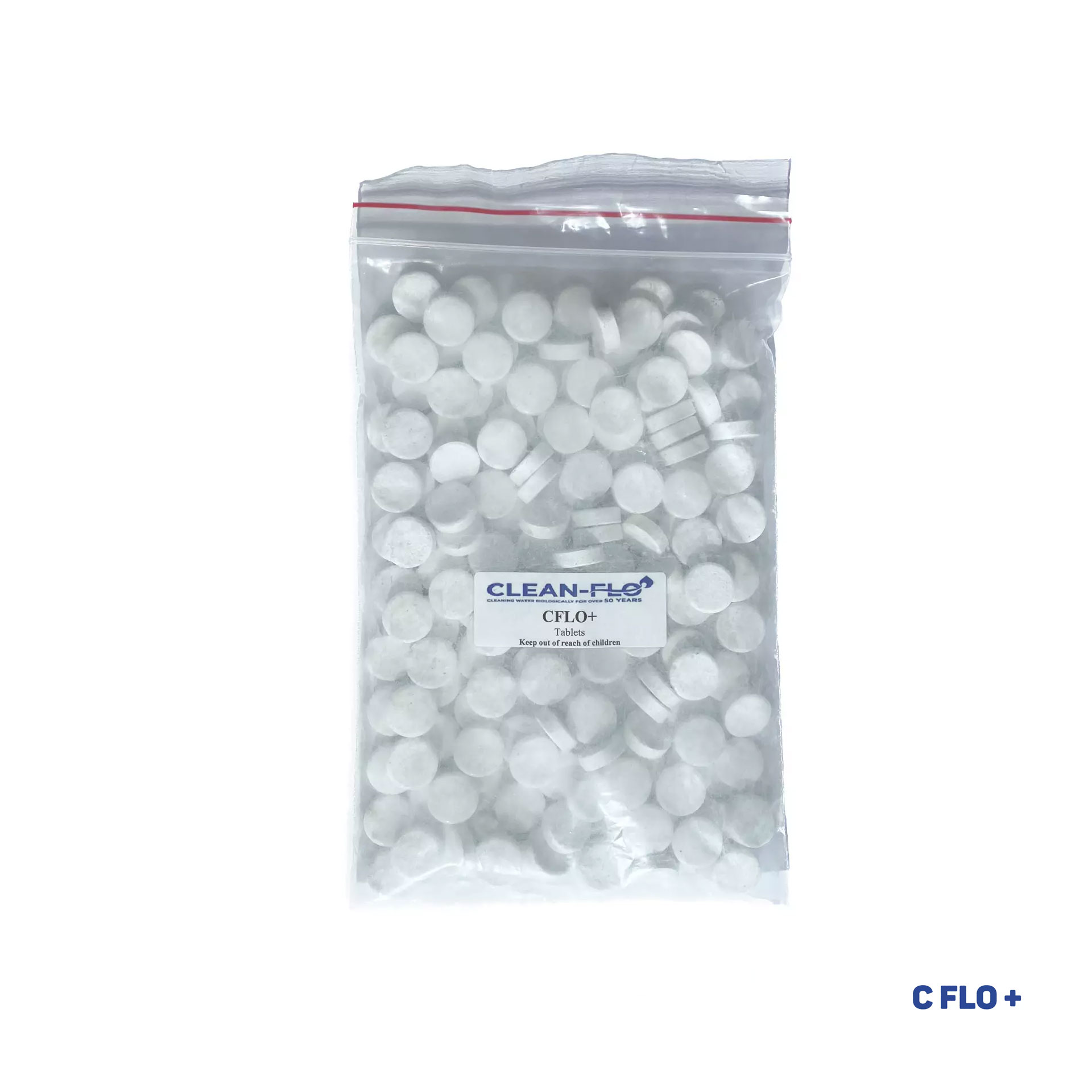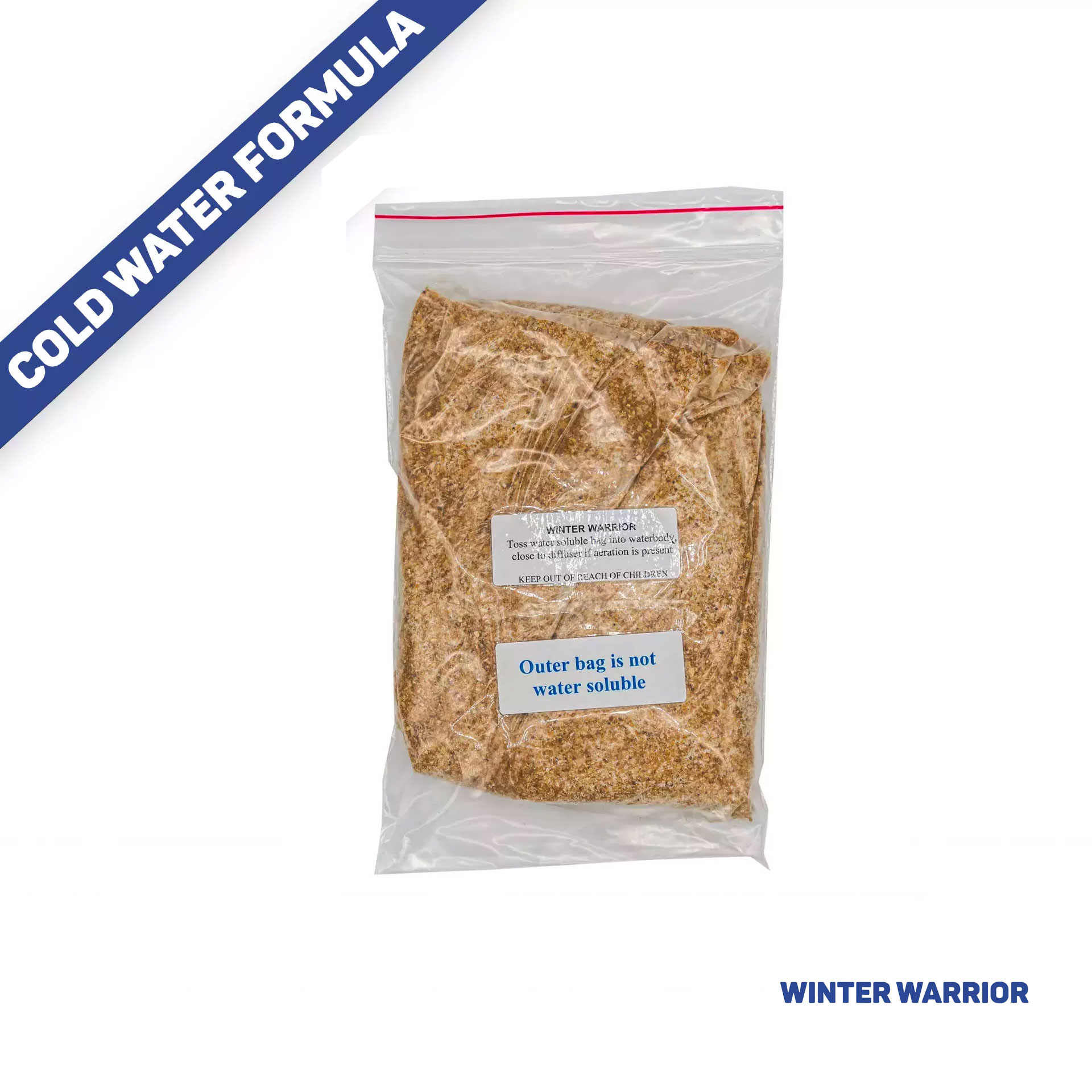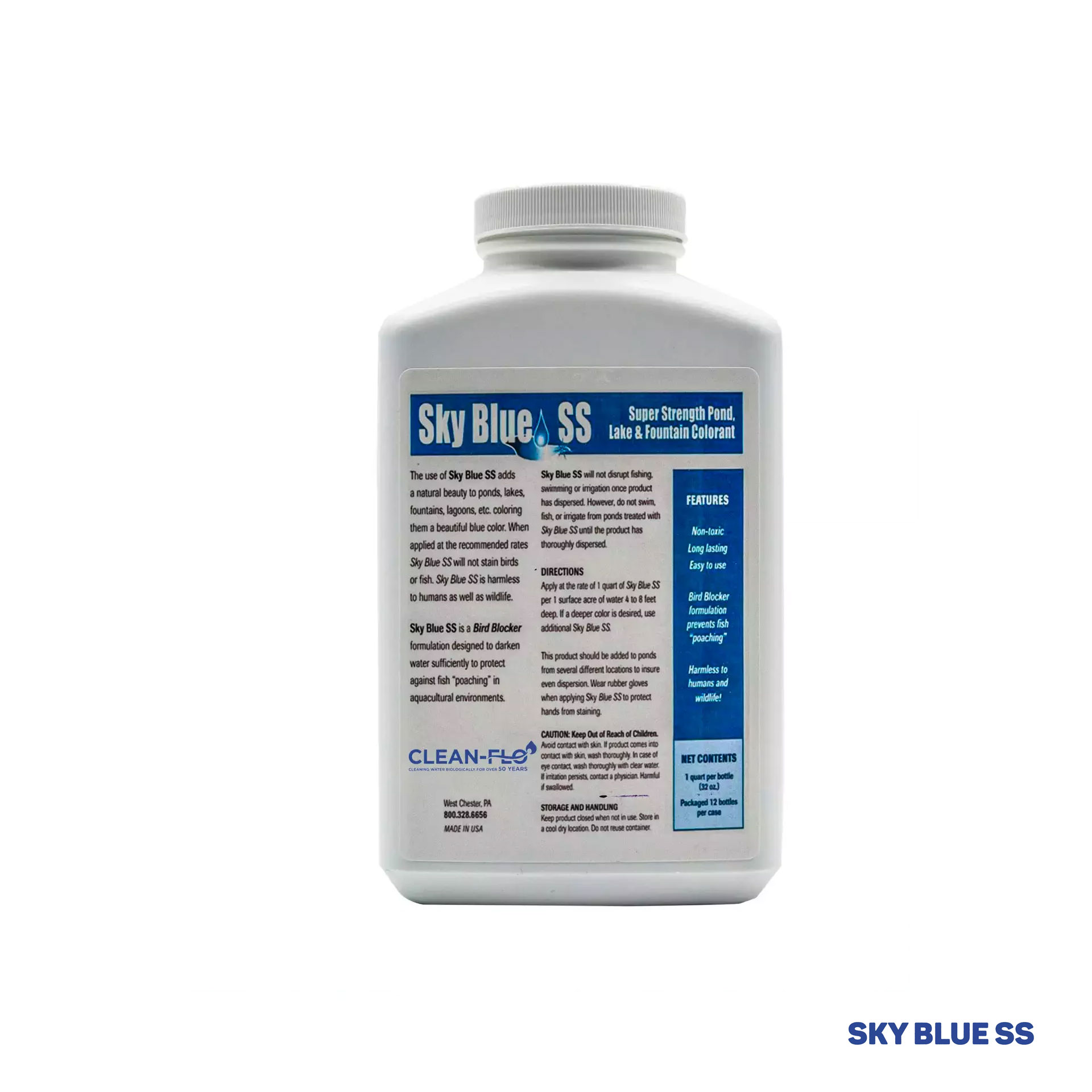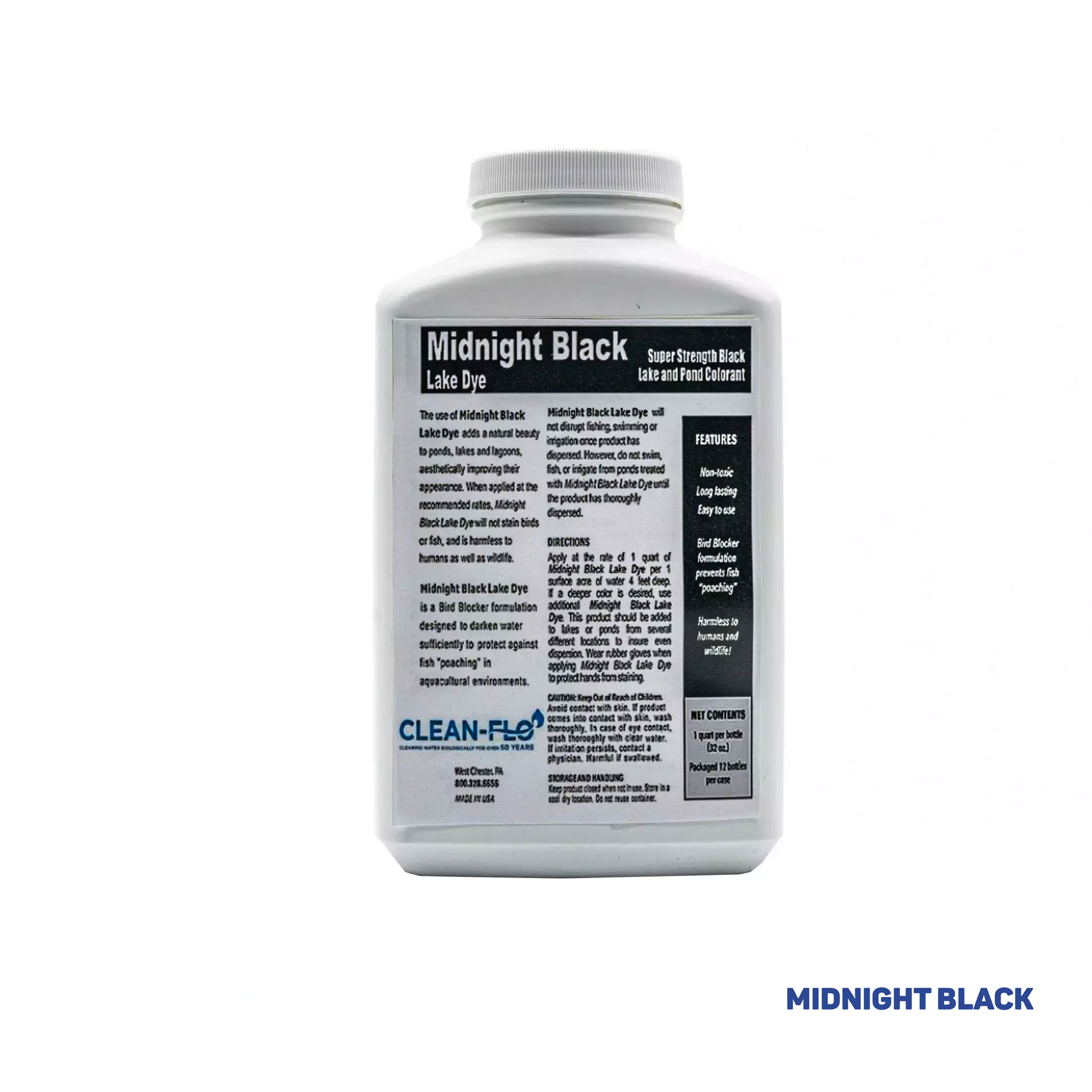DO IT YOURSELF JUST LIKE A PROFESSIONAL WOULD
Clean-Flo’s roots are in pond management, and although our business has progressed to rivers, lakes, and reservoirs, pond owners can still have access to the same technology and biological treatments that we have used to keep ponds in pristine condition for over 50 years.
So you can do it yourself, with our support.
OUR PRODUCTS & SERVICES

Bio-Augmentation Products
You don’t need a thousand different products to treat your pond. Use our guide to show you what you really need.
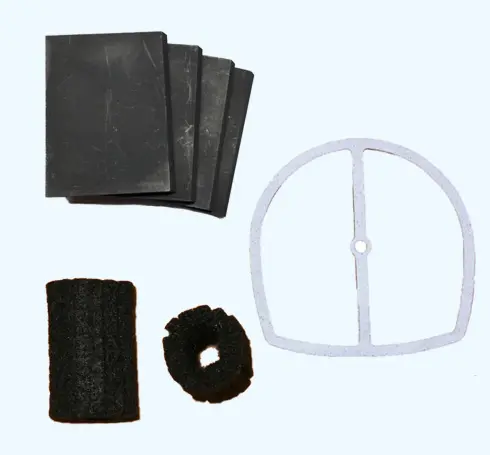
Service & Maintenance Parts
Your oxygenation system must be maintained. We have everything you need in the way of spares, repairs and maintenance

Rapid Acting Dissolved Oxygen Restoration Systems (RADOR)
If your pond isn’t fully oxygenated, you’ll never be able to manage it. We provide more air per $ spent than anyone.
BIO-AUGMENTATION TREATMENT & MAINTENANCE PRODUCTS
Don’t be confused and manipulated by an array of products where there’s always something to try, when what you tried last time didn’t work (again).
We’ll guide you to exactly what you need to keep your pond clean and clear.
CLEAN-FLO IN ACTION – PROOF OF PERFORMANCE
You can do it yourself the way water management professionals trust us to do it for large lakes and reservoirs. Click below to learn what you can achieve by following our simple, proven approach.
PROBLEM ADDRESSED: Muck & Sediment
Bio-Dredging away mucky sediment is key to controlling invasive weeds and algae that grow in it.
PROBLEM ADDRESSED: Algae
Excessive algae is unsightly and unhealthy for your pond. Click to discover how to control it.
PROBLEM ADDRESSED: Invasive Weeds
Invasive weeds exploit nutrient rich mucky sediment. See how BioDredging away muck a sediment controls invasive weeds and algae.
PROBLEM ADDRESSED: Fish Kills
Fish kills are usually caused by oxygen depletion or cyanotoxins from HABs. Click to see how oxygenation keeps fish healthy and abundant.
Download the Lake Management ACTION Plan E-Book
Ready to explore how oxygenation can transform your lake? Download Clean-Flo’s Lake Management ACTION Plan E-Book to learn more about our innovative solutions, real-world results, and how we can help restore and protect your lake.


